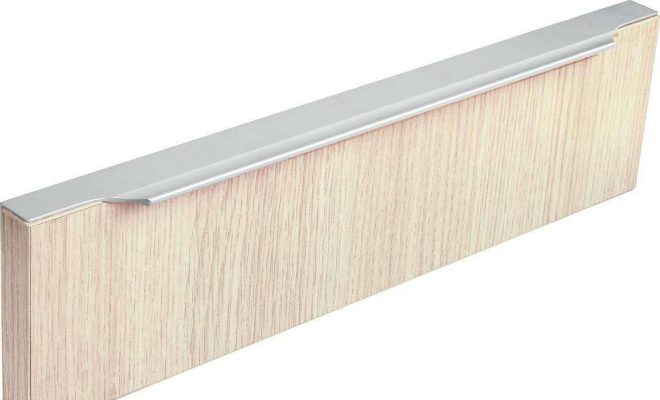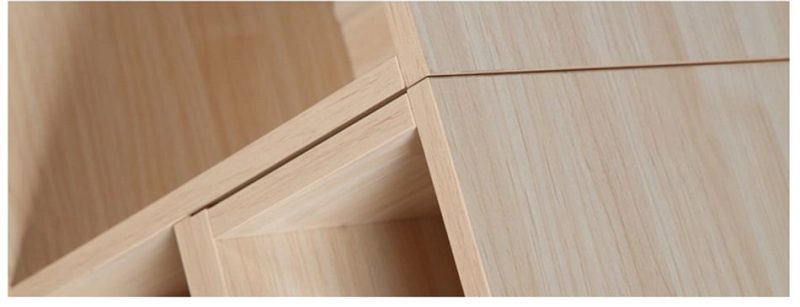Edge banding is used in furniture making for several important reasons. It serves both functional and aesthetic purposes, enhancing the overall quality and appearance of furniture pieces. Here are the key reasons why edge banding is commonly used in furniture making:

1. Edge Protection:
- Function: One of the primary purposes of edge banding is to protect the exposed edges of furniture components, such as particleboard, MDF (medium-density fiberboard), or plywood. These edges are susceptible to damage from impacts, moisture, and other environmental factors.
2. Durability:
- Function: Edge banding adds a protective layer to the edges, improving the overall durability and longevity of the furniture. It helps prevent chips, dents, and wear along the edges, especially in high-traffic areas.
3. Moisture Resistance:
- Function: In areas where there may be exposure to moisture or humidity, such as kitchens or bathrooms, edge banding helps protect the underlying substrate from water damage. It acts as a barrier that prevents moisture from penetrating the core material.
4. Enhanced Appearance:
- Aesthetics: Edge banding provides a finished and polished appearance to furniture. It creates a seamless transition between the surface and the edges, giving the furniture a more cohesive and refined look.
5. Customization of Design:
- Aesthetics: Edge banding comes in various colors, patterns, and finishes, allowing for customization of the furniture’s design. Designers and manufacturers can choose edge banding that complements or contrasts with the surface material, contributing to the overall aesthetics of the piece.
6. Hide Unfinished Edges:
- Aesthetics: In the case of materials like particleboard or MDF, which have exposed and unfinished edges, edge banding conceals these raw edges, providing a more polished and professional appearance.
7. Seamless Joints:
- Construction: Edge banding helps create seamless joints in furniture construction. When applied properly, it covers the edges and hides any seams, giving the impression of a solid and well-crafted piece.
8. Easy Maintenance:
- Function: Furniture with edge banding is generally easier to clean and maintain. The sealed edges prevent dust and debris from accumulating in crevices, making it more convenient for homeowners to keep the furniture in good condition.
9. Flexibility in Design:
- Construction: Edge banding is flexible and can be applied to curved or contoured edges, allowing for greater design flexibility. This is particularly useful in creating furniture with curved elements.
10. Cost-Effective Solution:
- Construction: Edge banding offers a cost-effective solution compared to using solid wood or other materials for finishing edges. It allows manufacturers to achieve a high-quality appearance without the expense associated with using solid wood edging.
In summary, edge banding plays a crucial role in furniture making by providing both functional and aesthetic benefits. It contributes to the overall durability, appearance, and customization of furniture pieces, making them more resilient and visually appealing.

